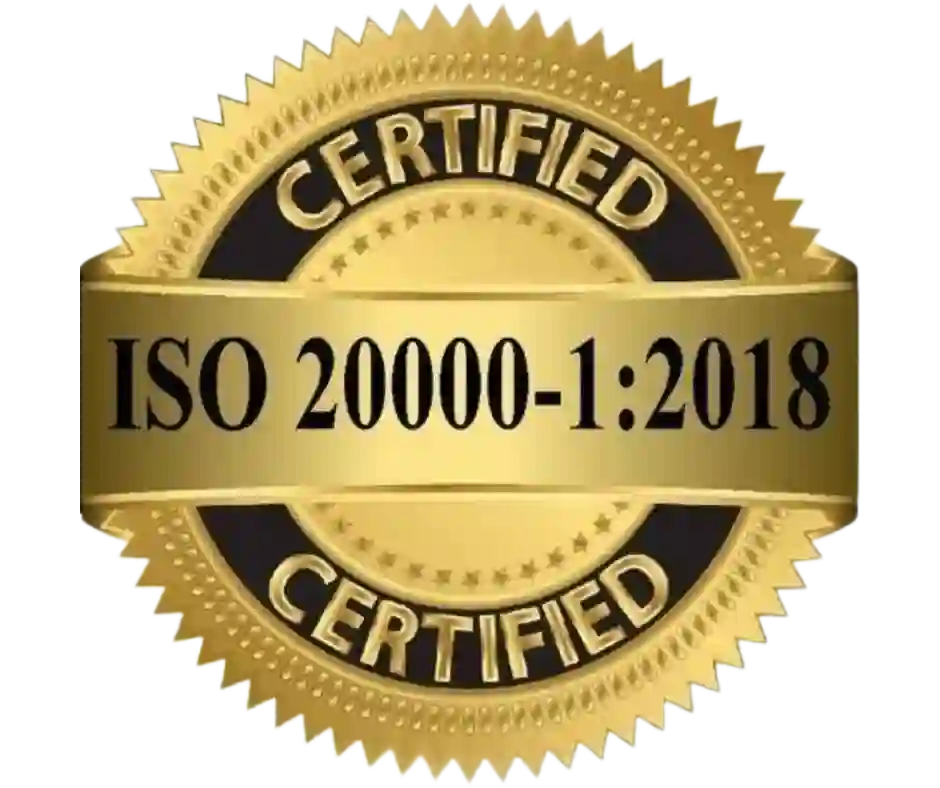Data applications or ‘Analytics made easy’, in simple terms are the innovative and awestruck tools that allow developers to build highly efficient and interactive web applications or dashboards and pretty much anything while playing with their data. That’s how data becomes the gold mines and a big part of where our data-driven world is headed empowered by operationalized data science.
And the best thing about them is that they don’t require any knowledge of web development so if we know Python, we’re good to go! All that matters now is who are our end-users – whether they’re subject matter experts, business decision-makers, or consumers, either way, everyone interacts with data, big and small.
These apps enable the end-users to visualize, analyze and monitor a large stack of data. Let’s look at the bright side of these apps viz., eliminating the need for an army of front-end, back-end, and DevOps engineers to build any full-stack AI application. Now, this can be easily designed, deployed, and hyper-scaled by a single data scientist within a short span of time.
These data visualization and data monitoring apps go through humongous data piles and analyze the sophisticated data interactions within an end-user interface so as to understand and unlock strategic insights across databases, applications, and networks to bring immediate value to the customer’s business in just a few clicks.
On the other hand, let’s take a quick look at the backdrops of these data apps, as these apps comprise an already built-in rule-based UI so the problem pops up when we look forward to customizing the UI according to our own or respective client’s flavor. Of course, there is some sort of customization that we are able to add without restricting the main purpose of the data, viz. to analyze and monitor the data.
These data apps are preferred mainly for monitoring internal functions, say for scientific, market research, or business analytics, but are never a right fit for the end-users. As an end-user would always choose UI on the first note and then proceed with extracting the other information. So, if we are building an analytics dashboard for a non-technical user, then we must not proceed to build them with the help of these data apps as there is a lack of customization.
But, the fact that there’s no need for an entire team of front-end and back-end developers while using these frameworks makes the process of building any data analytics app easy and within a very less duration of time. There exists a ton of amazing tools like Altair, Bokeh, Matplotlib, Seaborn, and ggplot. Let’s catch up on the top-rated tools to build web apps with interactive high-quality plots taking the data visualization game to the next level:
1. Plotly Dash
Dash by Plotly is an open-source library for frontend generation, reactive computations abstraction for any back-end Python developer to create interactive web apps without the need to even master Javascript and Front End Web Development.
Though the UI here is a bit attractive, still we won’t be able to incorporate a lot of customization. Dash focuses mainly on production/enterprise settings and is offered in both R and Python. As Dash is an API Documentation Browser and Code Snippet Manager which stores snippets of code and instantly searches offline documentation sets so we can even generate or request our own documents to be included.
Some of the limitations of this platform are that there’s still scope to explore how it scales for many concurrent users because, at some point, we require more sophisticated components than Dash provides by default. At times we’ll also need to write our own components in React.js or need to port already existing components from React.js to Dash. There are some issues we may not be able to resolve without getting to know the way Dash works by heart. Also, there may be still some issues with Dash that we don’t know about, yet we need to add margin to our work.
Here’s an awesome beginner to a pro guide to building a dashboard app using Plotly Dash: (https://medium.com/analytics-vidhya/building-a-dashboard-app-using-plotlys-dash-a-complete-guide-from-beginner-to-pro-61e890bdc423)
2. Streamlit
Streamlit is the app framework specifically for Machine Learning and Data Science teams to rapidly help to build the required tools with a dozen lines of Python code and a simple API where the focus is on rapid prototyping,
With the same code written in Python, we can build any web page where we don’t need any front-end designer to build the UI nor any UI designer, or back-end developer, we just need to code what we want and it will be automatically reflected in the app and then finally, deploy the entire thing. It’s just a One-man-army job.
Know how to use Streamlit for building a new web application: (https://ahmetemin-tek.medium.com/build-a-data-science-web-app-with-streamlit-and-python-4a9bdba35449)
3. R Shiny
It is an open-source R package that provides an elegant and powerful web framework for building web applications using R. It helps us turn our analyses into interactive web applications without requiring any HTML, CSS, or JavaScript knowledge. While we code in R, the same thing will be automatically reflected in the app.
Here’s a guide on how to build your First Shiny Web App in R: (https://towardsdatascience.com/build-your-first-shiny-web-app-in-r-72f9538f9868)
These data apps are surely the future of the data industry but can never replace traditional Python programming for product and web app development. Say, we are building the analytics for the end-users, like a layperson, they won’t feel anything with those technical charts and graphs, though the purpose gets served.
But these above charts are very useful for the usage of the internal team since they won’t demand any attractive dashboard or something, so we don’t have to spend a lot of money to just build this dashboard thereby saving time and money both! Also, the process implies a frictionless development, as if there’s a need for inculcating any new changes, then that gets done hastily without going for round meetings or scheduling meetings, thus reducing the touchpoints.
Data Apps are the ultimatum if the look and feel factor isn’t the priority rather development in an effective and efficient manner is. Hence, for meeting numerous needs of the market or for business purposes or scientific research, these are the go-to tools for web app development.
Grab some coffee and go through another intuitive read.
References
1. Aichara, D.C. (2019, Nov 25) APA citation. Building a Dashboard App using Plotly’s Dash: A Complete Guide from Beginner to Pro. Retrieved from https://medium.com/analytics-vidhya/building-a-dashboard-app-using-plotlys-dash-a-complete-guide-from-beginner-to-pro-61e890bdc423
2. Tek, A. E. (2020, July 26) APA citation. Build a Data Science Web App with Streamlit and Python. Retrieved from https://ahmetemin-tek.medium.com/build-a-data-science-web-app-with-streamlit-and-python-4a9bdba35449
3. Nantasenamat, Chanin (2020, August 4) APA citation. Build Your First Shiny Web App in r. Retrieved from https://towardsdatascience.com/build-your-first-shiny-web-app-in-r-72f9538f9868








